Donald Trump has used the “management by conflict” technique throughout his career: fostering rivalries between staff to spark ideas and debate, and then choosing his own course.
In little over six months since Trump took office as US president, power blocs have been established and big-name players dispatched. Reince Priebus, Sean Spicer, Michael Flynn are the highest-profile departures. Anthony Scaramucci was in, and 10 days later he was out.
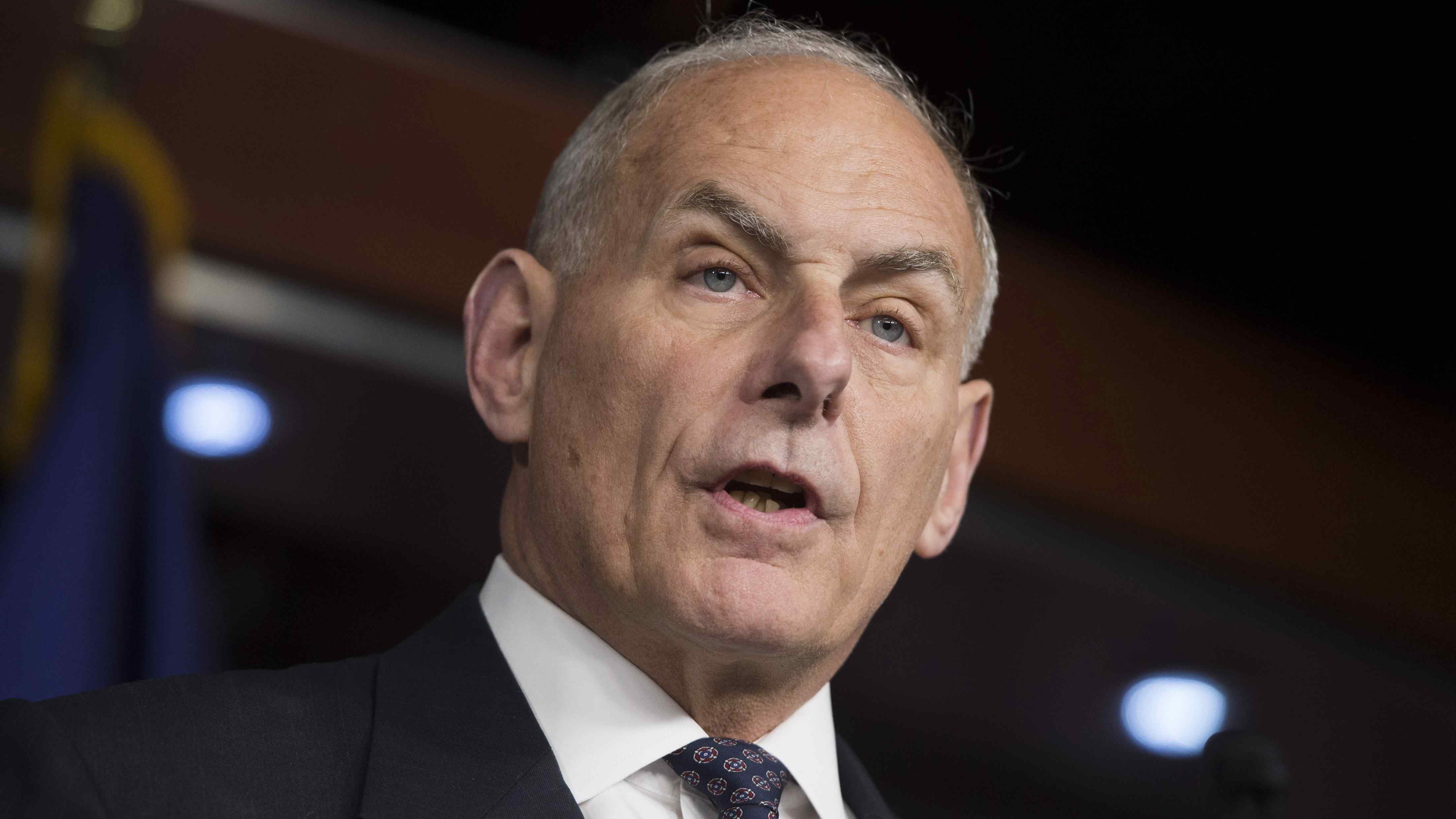
John Kelly is expected to bring a no-nonsense style as chief of staff. /AFP Photo
The appointment of no-nonsense retired General John Kelly as chief of staff could turn the page for the administration, but to do so he will have to tame internal divisions which have led many to conclude the Trump White House is dysfunctional.
Who remains, what are their objectives – and why could that matter to China?
The pragmatists
Key members: Jim Mattis (defense secretary), John Kelly (chief of staff), H.R. McMaster (national security adviser), Rex Tillerson (secretary of state), Nikki Haley (UN ambassador)
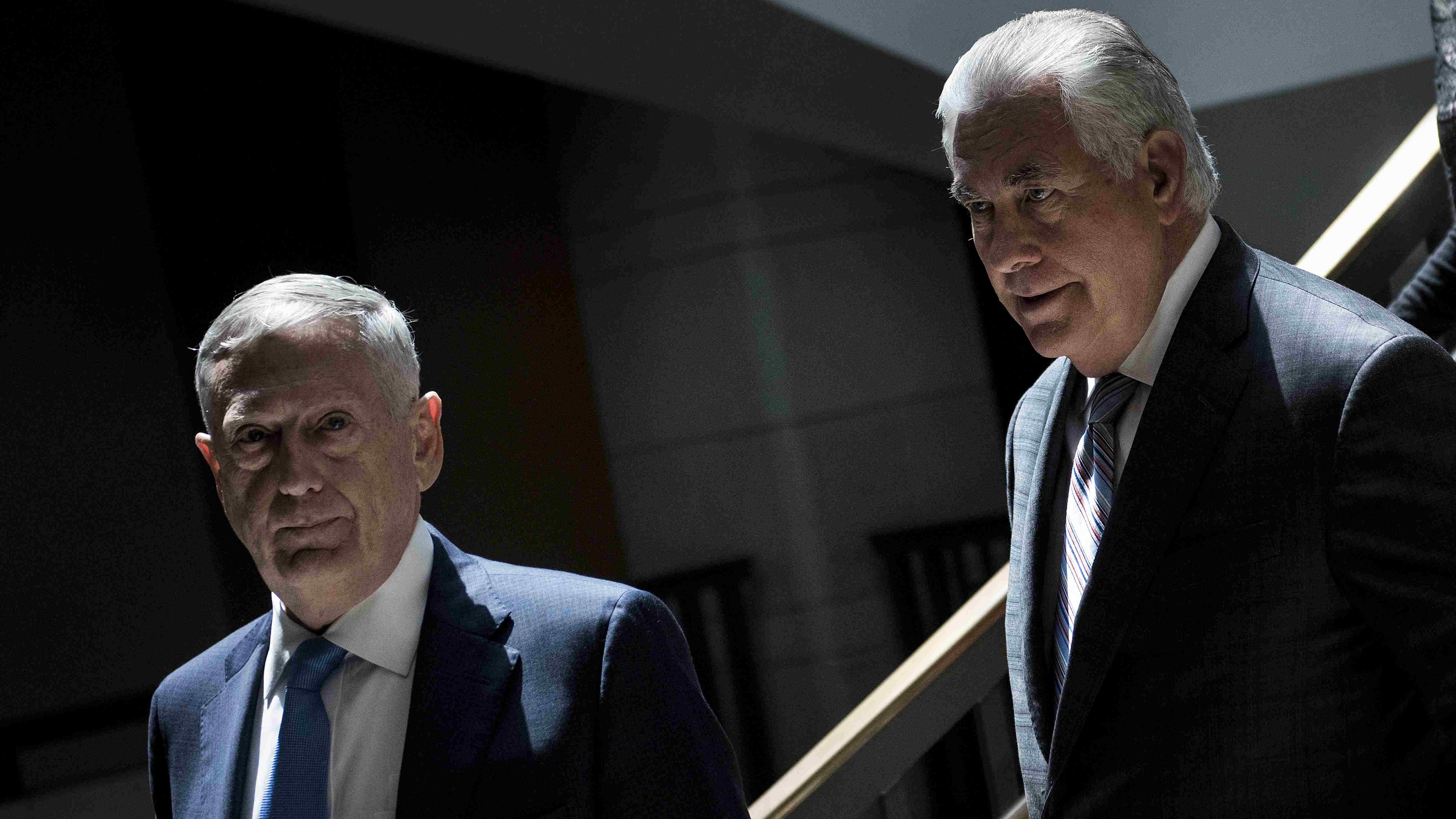
Jim Mattis (L) and Rex Tillerson. /AFP Photo
The key foreign policy posts are filled with people in this bloc, also referred to as “the grown-ups” or “the generals”.
Trump is known to respect military leaders, but has not always followed the advice of the former generals around him. Last week’s tweeted announcement that transgender people will be banned from the military “appalled” Defense Secretary Mattis, the New York Times reported.
The pragmatists want Trump to be tough on Russia, and hold back from conflict with the DPRK. But the top diplomat, Rex Tillerson, is reported to be disillusioned with Trump and hold differences of opinion with him on issues including the Iran nuclear deal.
Position: The appointment of Kelly as chief of staff last week would appear to strengthen the position of the pragmatists, though ongoing public disagreements with Trump over foreign policy suggests that the president’s alignments are made on a case-by-case basis.
The nationalists
Key members: Steve Bannon (chief strategist), Jeff Sessions (attorney general), Stephen Miller, (senior policy adviser), Peter Navarro (National Trade Council chief)
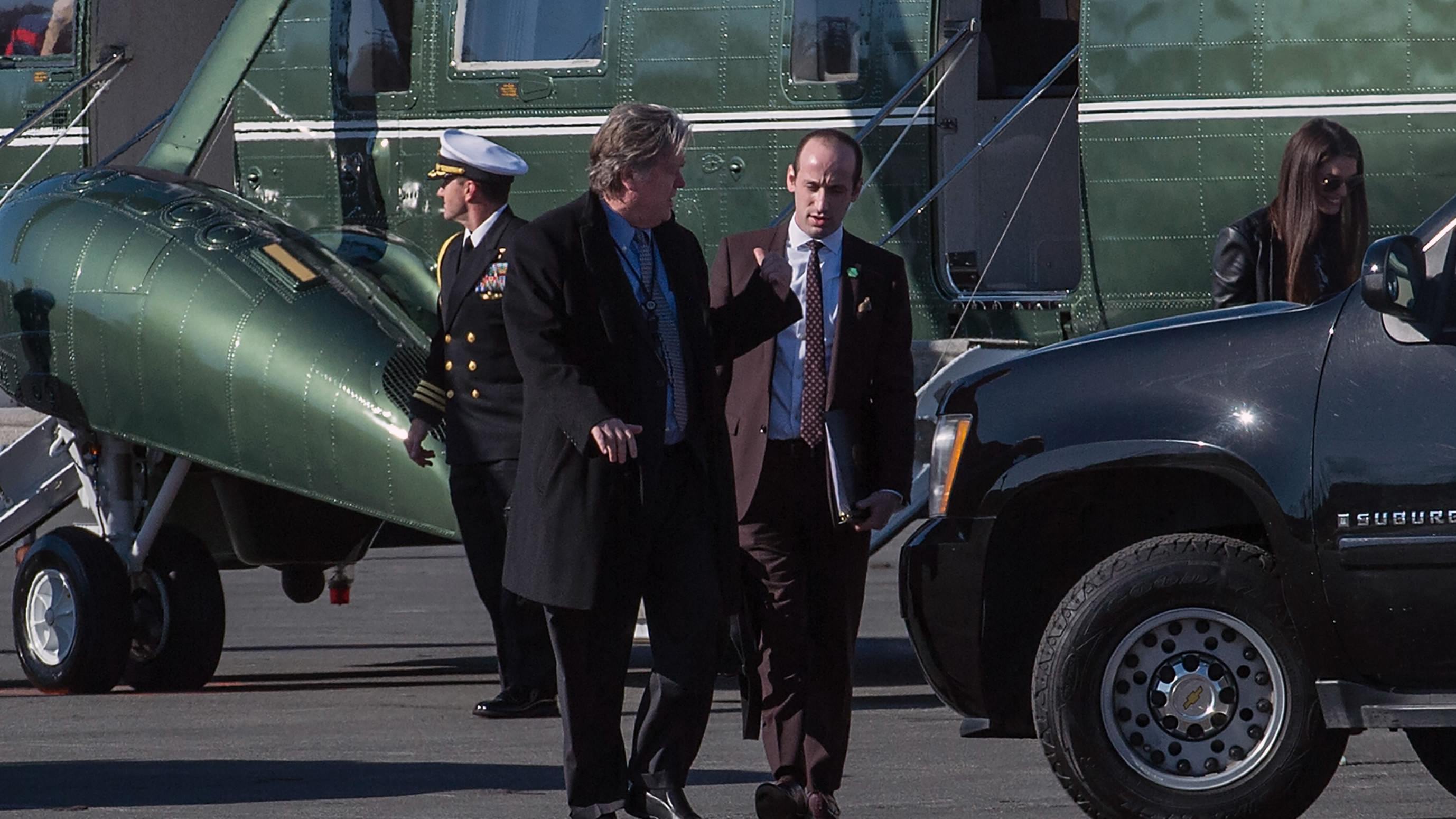
Trump’s tweets may hog headlines, but his speeches are also resonant – and these continue to be largely crafted by Bannon (L) and Miller (R). /AFP Photo
The nationalists’ message was central to the Trump presidential platform, with protectionist rallying calls, the border wall, and the Muslim ban the signatures of the campaign.
The botched attempts to ban people from Muslim-majority countries seemed to have put Bannon and Miller on the back foot, while the low profile of China critic Navarro and Trump’s recent attacks on Sessions suggested Trump was not wedded to the nationalist agenda.
A signal that this fiercely populist and protectionist group could be back arrived this week with an article in the Wall Street Journal penned by Commerce Secretary Wilbur Ross: “The Chinese government creates national champions and takes other actions that significantly distort markets,” he wrote. “Responding to such actions with trade remedies is not protectionist.”
China and the US have positively developed economic ties in recent months, but Ross’ article suggests voices calling for a trade war between the nations are still alive.
Position: The influence of the nationalists appeared to have waned, and the positions of both Bannon and Sessions looked in doubt. But the removal of establishment figures may create an opening for Bannon to return, while Sessions is riding out the storm for now.
The Republicans
Key members: Mike Pence (vice president)
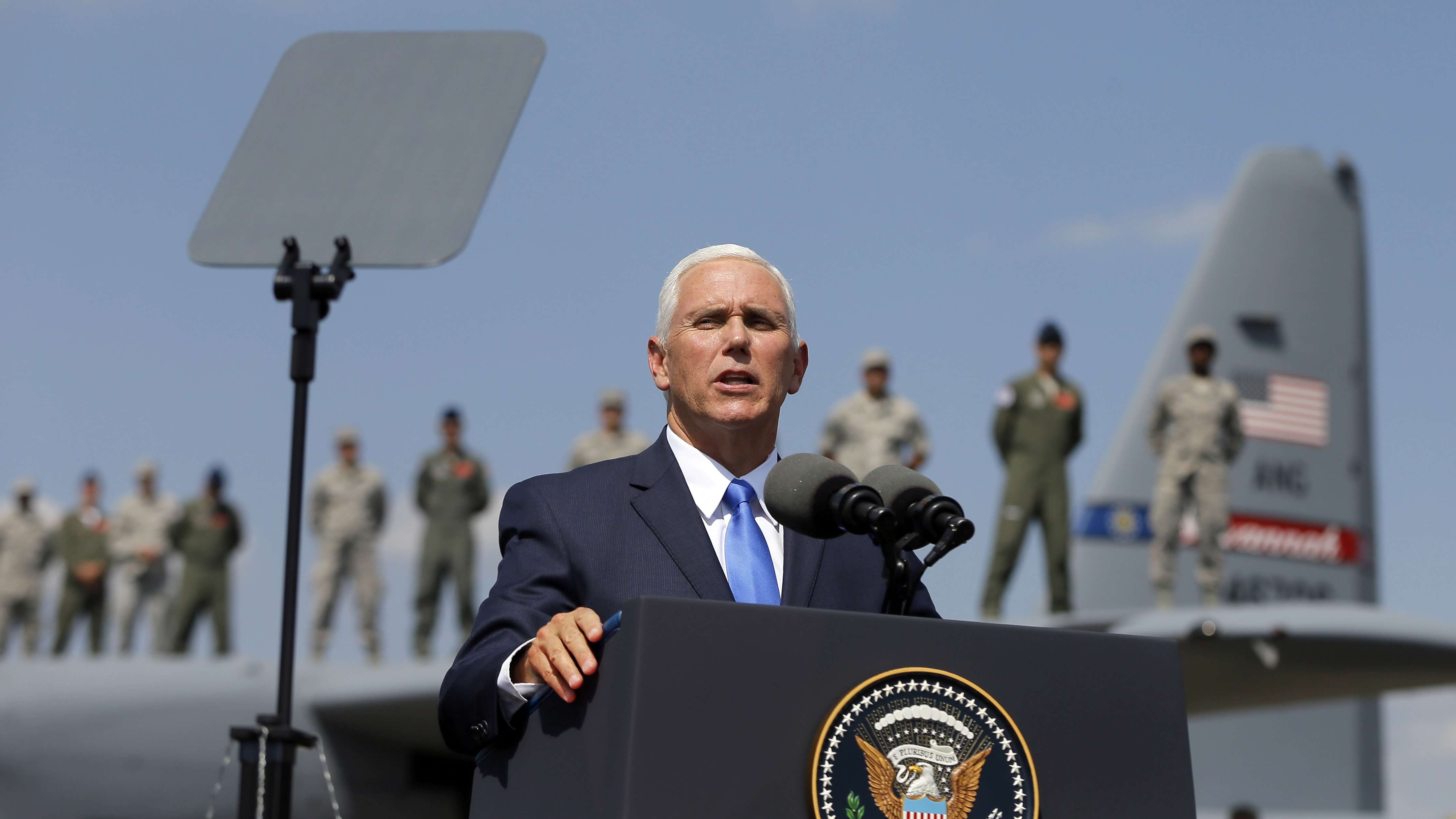
Mike Pence is one of the few people in the White House with longstanding links to the Republican Party. /AFP Photo
The Republican establishment was represented by a trio of powerful former Republican National Committee workers – Reince Priebus (chief of staff), Sean Spicer (press secretary), and Katie Walsh (deputy chief of staff). They were expected to link the White House to Congress, but all have now departed. Are there many Republicans left in the White House?
Pence, the vice president, remains a darling of the Republican base. He is not closely aligned to any of the power blocs in the White House, and has instead been used as the administration’s bridge to the Republicans in Congress – with mixed results, as the struggles over healthcare legislation have shown.
He has joined Trump in calling for China to “do more” to rein in the DPRK, but is a critic of Russia and is currently engaged on a tour of NATO allies.
Position: Pence has stayed out of Trump’s limelight, but his conservative credentials make him a favorite – and an important fundraiser – with the Republican base.
The family
Key members: Ivanka Trump, Jared Kushner
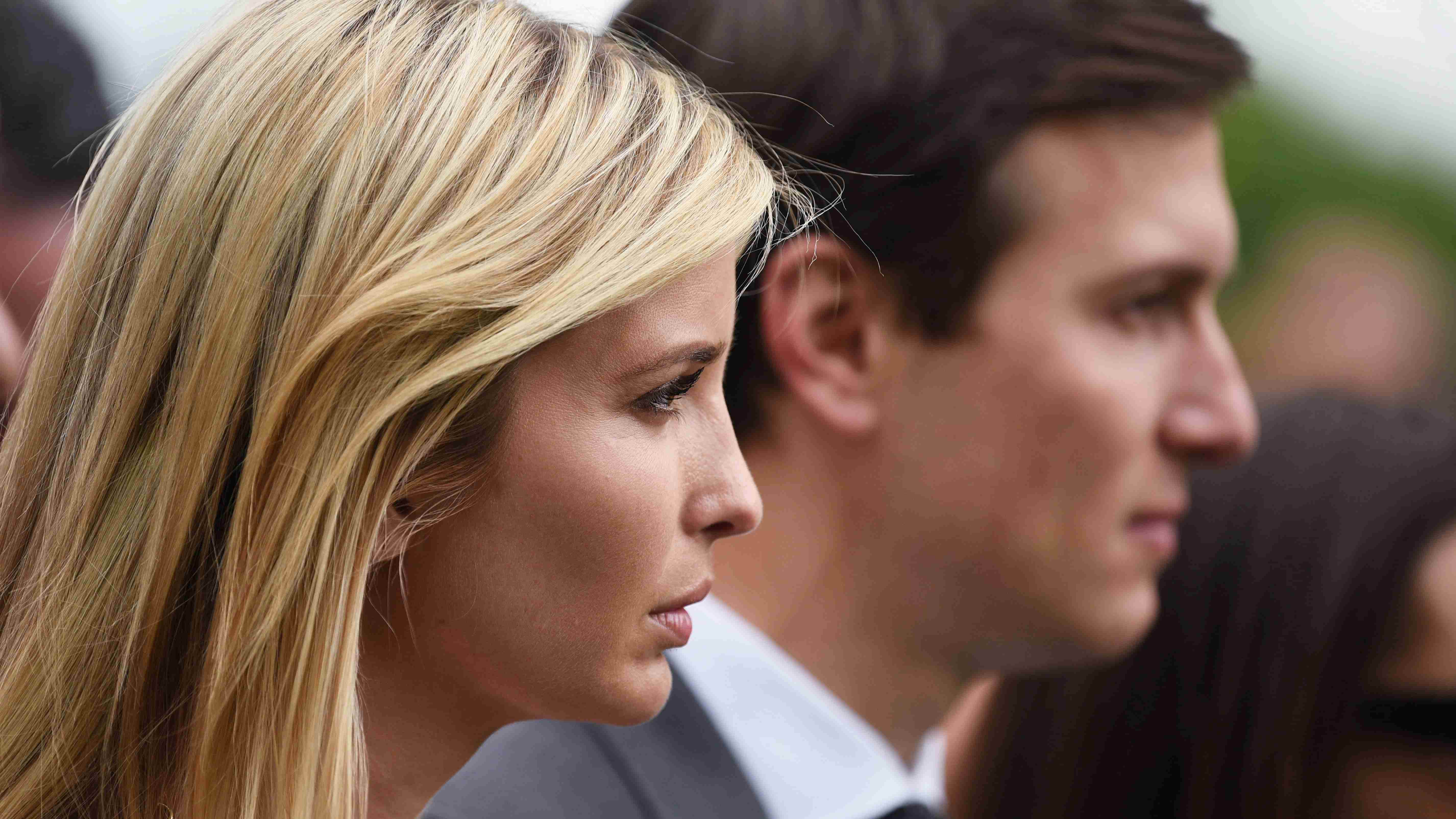
Ivanka Trump and Jared Kushner are a powerful couple within the White House. /AFP Photo
Trump’s daughter and son-in-law are visible players in the White House, but their success in lobbying the president towards their favored causes is far from absolute.
The controversial US decision to withdraw from the Paris agreement, despite Ivanka’s support for the deal, suggests the president is not blindly loyal to any constituency.
The role of Kushner is also a matter of conjecture: He has been given a wide-ranging remit, from achieving peace in the Middle East to solving the opioid crisis. Is one person capable of such broad requirements? Kushner could also lose his security clearance for not declaring meetings with Russian officials.
The couple is known to have had Democratic sympathies in the past, and have clashed with other blocs. They are associated with a friendly relationship with China, in no small part due to their daughter’s Mandarin talents. Ivanka Trump and Kushner have been invited to visit the country this year.
Position: The couple will no doubt continue to have the ear of the president, but their liberal tendencies have so far failed to have a significant influence on his agenda.
The money men
Key members: Steven Mnuchin (treasury secretary), Gary Cohn (National Economic Council chief)
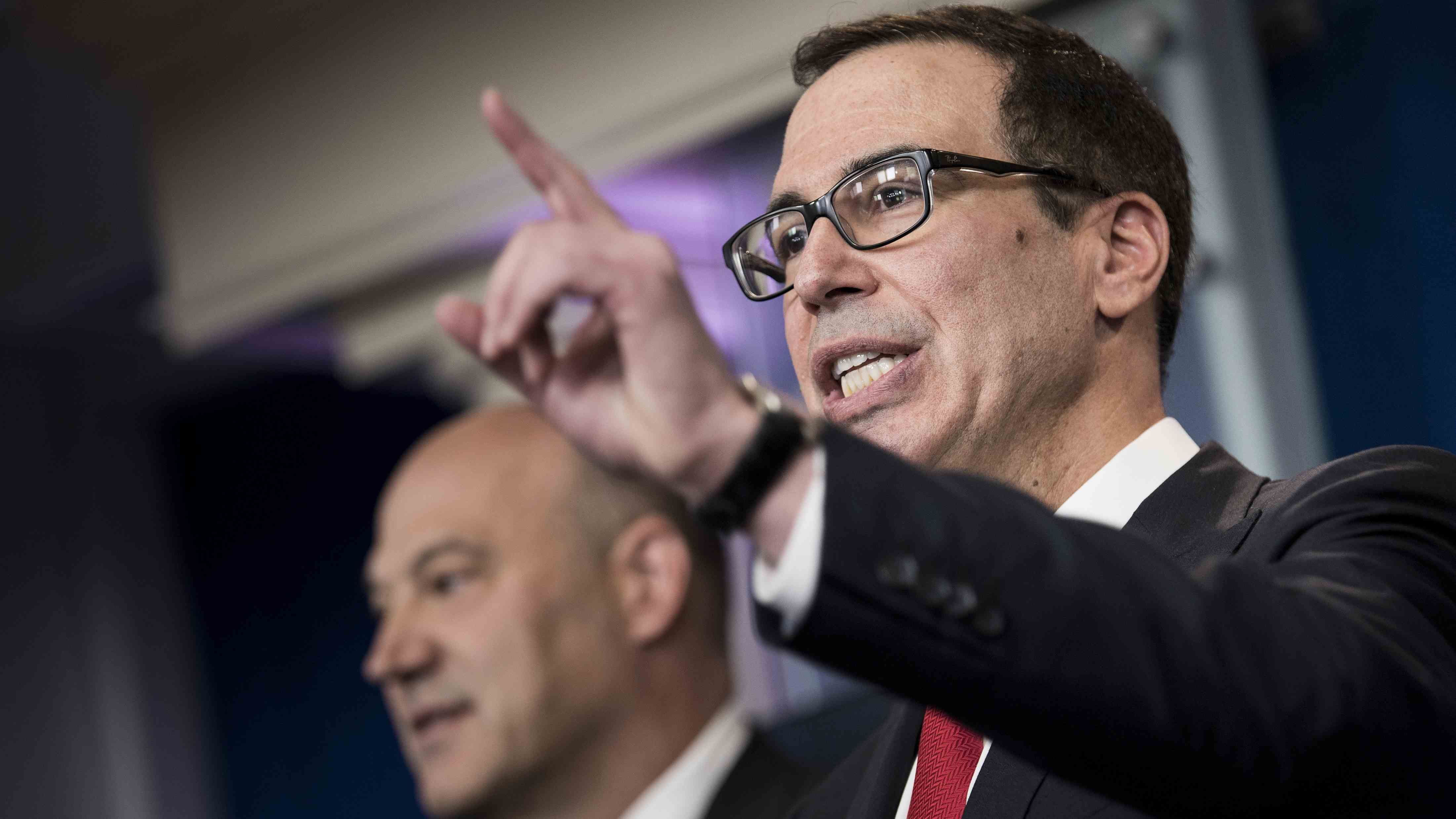
Gary Cohn (L) and Steven Mnuchin (R). /AFP Photo
Several of the top appointees in the Trump team have Wall Street or big business backgrounds. Their roles in tax reform policy – the next big domestic item on the White House agenda – are likely to be closely scrutinized.
Mnuchin and Cohn are also counterweights to the protectionist agenda of the nationalist wing. Cohn, tipped to be the next Federal Reserve chair, is known as a “whatever works” figure, while Mnuchin has shown no inclination to follow through with Trump’s campaign rhetoric on China.
Position: Mnuchin and Cohn are hugely wealthy men who the president is said to admire. Their outlooks seem at odds with the protectionist agendas of other senior officials.
What's next?
Rivalries have long been a part of politics. Abraham Lincoln’s “Team of Rivals” is notorious – but promoting such conflicts, rather than attempting to control them, is unusual.
This approach has lit up coverage of the current White House. From the outside, it seems chaos reigns – but perhaps this is just how Trump likes it.
He isn’t a part of any bloc, he doesn’t permanently align himself to any group. He picks and chooses, backs the argument that best fits his needs at any given time.
While Trump remains the ultimate boss, conflict and high staff turnover within the White House are likely to continue – even if they don't help deliver results.









